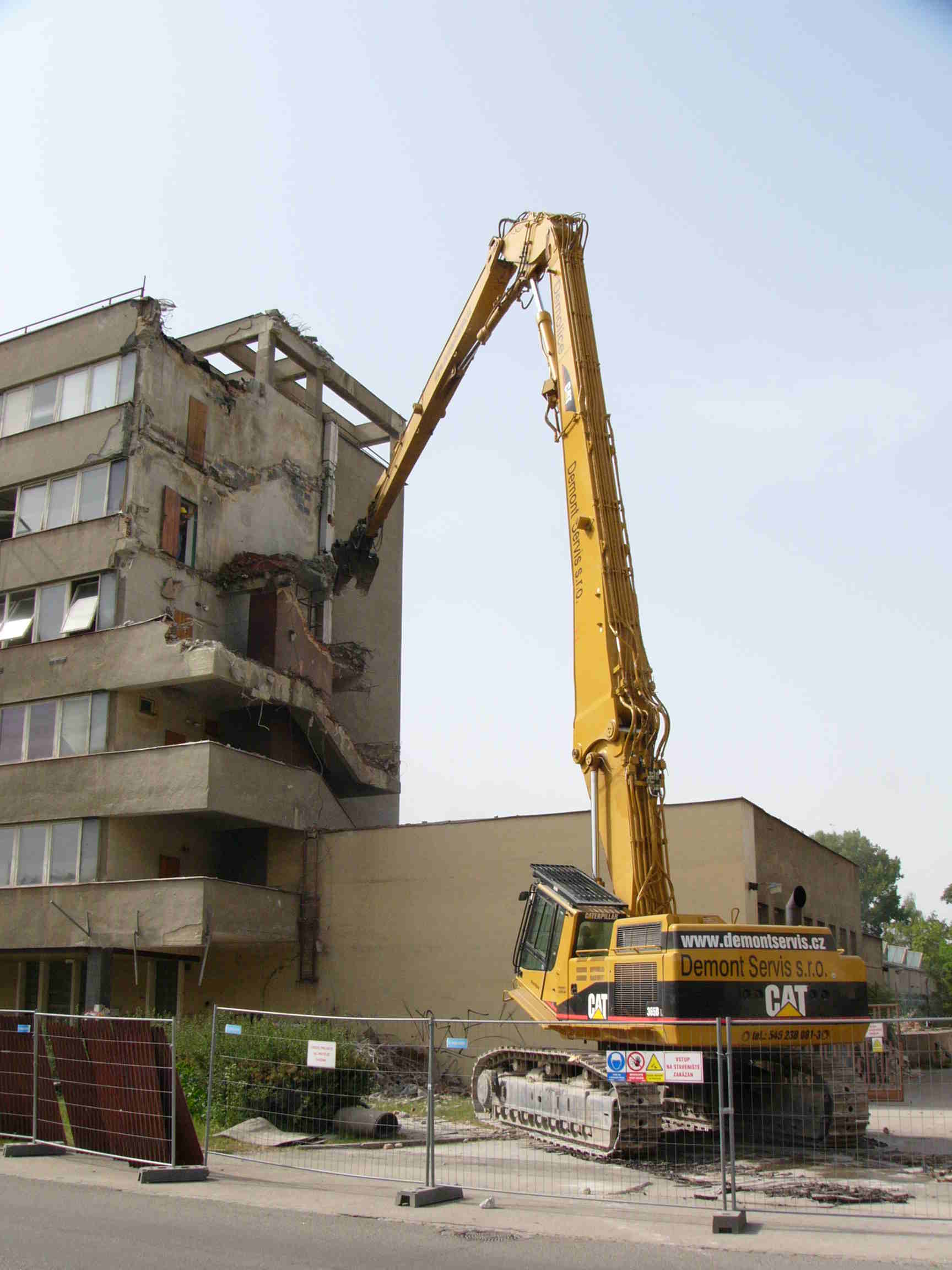
November 10, 2014
Demolitions Expert Safety Training


November 10, 2014



Hearing Protection OSHA Regulation: 1910.95(k)
Employees that are exposed to noise at or above an 8-hour time weighted average of 85 decibels. See full OSHA regulation for more details.
Annually.

Electrical OSHA Regulation: 1910.332
When an employee faces the risk of electric shock that is not reduced to a safe level by engineering controls. See full OSHA regulation for more details.
None specified.

Lockout Tagout OSHA Regulation: 1910.147(c)(7)
When an employee works in area that contains machinery that is locked out / tagged out. See full OSHA regulation for more details.
When there is a change.

Fire Extinguisher OSHA Regulation: 1910.157(g)
When fire extinguishers exist in the workplace, the employer should train employees on their usage. See full OSHA regulation for more details.
Annually.

Fall Protection OSHA Regulation: 1926.503(a)
Required for each employee that may be exposed to fall hazards. See full OSHA regulation for more details.
When there is a change in the workplace or the employer has reason to believe that a trained employee does not have the understanding and skill necessary to perform the job safely.

Asbestos OSHA Regulation: 1910.1001(j)(7)
Employees that are exposed to airborne concentrations of asbestos at or above the PEL limit shall be trained. See full OSHA regulation for more details.
Annually.

Lead OSHA Regulation: 1910.1025(l)
Any employee that may be subject to lead at or above the ‘action level’. See full OSHA regulation for more details.
Annually.

HazCom / GHS OSHA Regulation: 1910.1200(h)
Employees that may be exposed to hazardous substances as part of their job. See full OSHA regulation for more details.
When there is a change.

First Aid OSHA Regulation: 1910.266 App B
In the absence of a nearby hospital or clinic (more than 4 minutes away), a designated employee should be trained to render first aid. See full OSHA regulation for more details.
Retraining for life threatening emergencies should occur annually. Retraining for non-life-threatening response should occur ‘periodically’.

Personal Protective and Respiratory Equipment OSHA Regulation: 1910.132(f)
When an employee is required to wear PPE, they must be trained on its usage. See full OSHA regulation for more details.
Retraining required when the type of PPE changes, employee demonstrates inability to use PPE properly, or when the workplace changes in a way that renders previous training obsolete.

Eye Safety
Annually

Decontamination
Annually

Ergonomics
Annually

Crane Safety
Annually

Slips, Trips and Falls
Annually